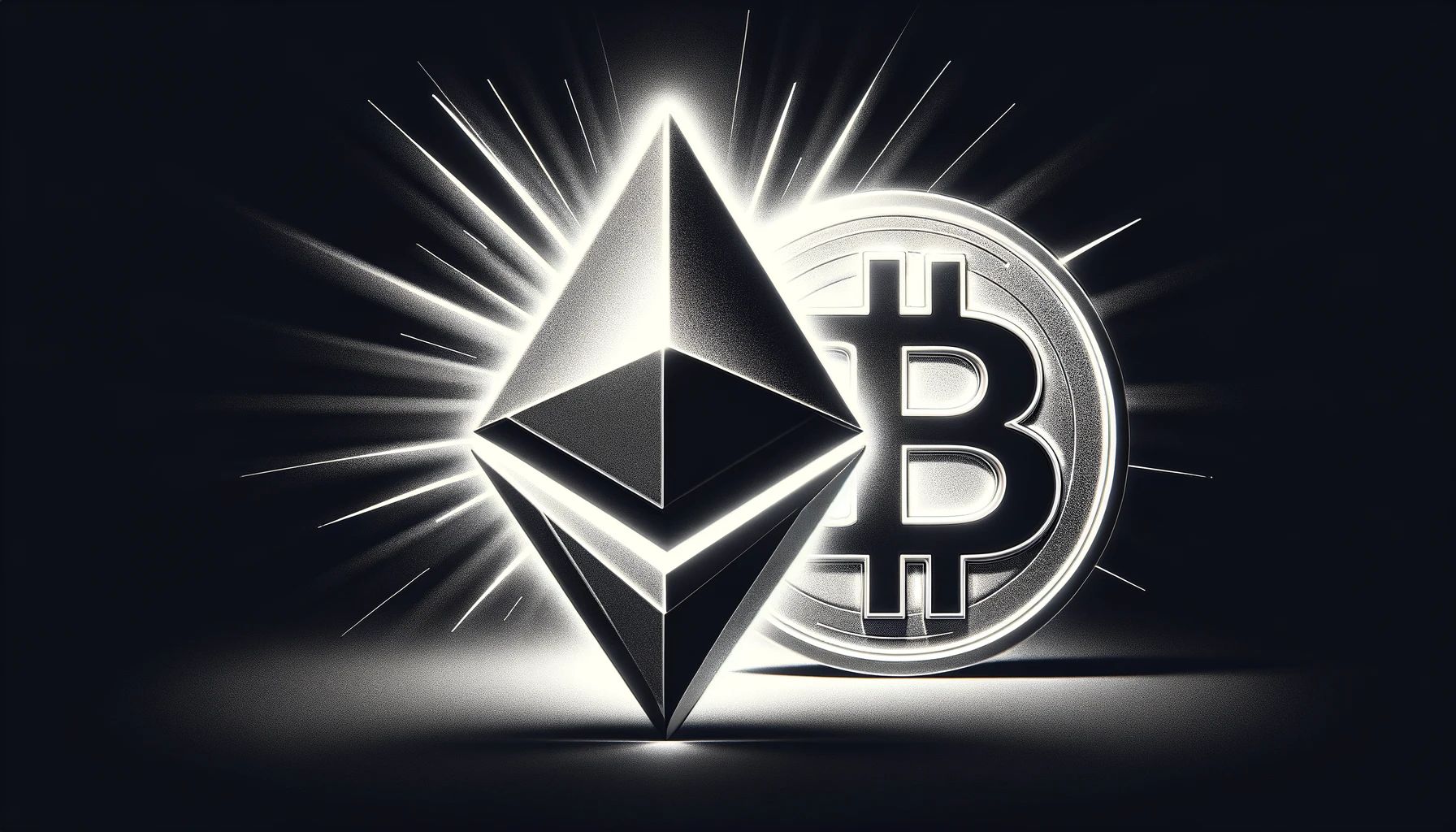As we stand at the precipice of MX TOKEN’s current market value of $2.98, this article embarks on a detailed journey from 2024 to 2030, offering a nuanced forecast of its future. Delving into the dynamics of tokenomics, market trends, and technological shifts, we aim to provide a comprehensive outlook that not only predicts MX TOKEN’s price trajectory but also deciphers the complex interplay of factors steering its course in the tumultuous realm of cryptocurrency.
Summary Table
| Year | Predicted Price |
| 2024 | $3.50 |
| 2025 | $4.20 |
| 2026 | $5.00 |
| 2027 | $5.80 |
| 2028 | $6.50 |
| 2029 | $7.30 |
| 2030 | $8.00 |
Year-by-Year Price Predictions and Analysis
2024: Building Market Presence
Predicted Price: $3.50
As MX TOKEN ventures into the market, its initial adoption and the development of its platform are critical. The focus will be on establishing credibility and securing early adopters. Market sentiment, particularly how investors perceive MX TOKEN’s potential, will play a significant role. Additionally, the initial technological infrastructure and partnerships will lay the foundation for future growth.
2025: Responding to Market and Regulatory Changes
Predicted Price: $4.20
By 2025, MX TOKEN will likely begin responding to the broader economic and regulatory landscape. Global economic shifts, such as changes in monetary policy or market liquidity, could impact investor behavior. Regulatory developments, particularly in the cryptocurrency space, might redefine operational and compliance standards, affecting MX TOKEN’s market accessibility and appeal.
2026: Leveraging Technological and Network Growth
Predicted Price: $5.00
This period will emphasize technological enhancements and network expansion. The price prediction considers the potential for increased utility and wider adoption as MX TOKEN integrates more features and expands its user base. The network’s growth, driven by both technological advancements and an expanding community, will be vital for increasing its value and presence in the market.
2027: Strengthening Ecosystem and Partnerships
Predicted Price: $5.80
The focus for 2027 will be on enhancing the MX TOKEN ecosystem and forging strategic partnerships. This includes developing more robust infrastructure, improving user experience, and collaborating with other entities for broader market penetration. The strengthening of the ecosystem aims to establish MX TOKEN as a more stable and trusted asset in the crypto space.
2028: Adapting to Evolving Crypto Dynamics
Predicted Price: $6.50
As the cryptocurrency market evolves, MX TOKEN’s ability to adapt will be crucial. This year might witness shifting geopolitical factors, changing market dynamics, and evolving user expectations. Staying ahead of trends and adapting to the changing landscape will be crucial for maintaining growth and stability.
2029: Focusing on Innovation and User Base Expansion
Predicted Price: $7.30
Innovation will be key in 2029, with a focus on developing new services, enhancing user engagement strategies, and expanding the market reach. The predicted price reflects the potential for MX TOKEN to penetrate new markets and demographics, driven by continuous innovation and an understanding of consumer behavior trends.
2030: Envisioning Long-Term Stability and Growth
Predicted Price: $8.00
Looking towards 2030, the long-term stability and growth of MX TOKEN will depend on its ability to adapt to economic projections and technological maturity. The industry’s positioning, coupled with MX TOKEN’s established presence, could lead to a more stable and consistently growing value, reflecting its maturity and long-term viability in the market.
MX TOKEN Tokenomics and Economic Impact
Understanding Tokenomics: MX TOKEN’s tokenomics involve strategies like transaction fees, token burns, and rewards to balance supply and demand, ensuring long-term sustainability.
Supply Dynamics: The capped total supply creates scarcity, while changes in circulating supply due to token burns or releases can significantly impact the price.
Demand Factors: The real-world applications and incentives of MX TOKEN drive its demand. Community engagement and network effects further enhance its value.
Economic Impact: Broader market conditions and regulatory changes in the cryptocurrency landscape significantly affect MX TOKEN’s price and demand.
Monetary Policy: Policies like token burns help manage supply, influencing MX TOKEN’s long-term value.
Stakeholder Involvement: The development team’s roadmap and community governance shape MX TOKEN’s future, impacting its utility, demand, and price.
Future Considerations: Technical advancements for scalability and speculative future scenarios provide insights into MX TOKEN’s potential economic impact and investment viability.
The Future of MX TOKEN
MX TOKEN’s future is shaped by technological advancements and evolving market dynamics. Expect enhancements in functionality, scalability, and integration with emerging tech like DeFi and NFTs. As the crypto market matures, MX TOKEN’s role may expand to meet new needs and regulations.
FAQs
MX TOKEN is a decentralized cryptocurrency used for secure transactions and within the MX TOKEN ecosystem. Users can acquire it through mining, trading, or purchase on supported exchanges. Transactions are recorded transparently on the blockchain.
MX TOKEN price predictions consider market sentiment, adoption trends, technology enhancements, and economic conditions, all of which impact supply and demand dynamics.
Long-term MX TOKEN investment carries risks due to crypto market volatility. Thorough research, diversification, and staying informed are essential when considering it as a long-term asset.
Conclusion
From 2024 to 2030, MX TOKEN’s journey is expected to be one of growth and adaptation. As we’ve explored, its trajectory will likely be influenced by a range of factors, including market adoption, technological developments, economic conditions, and regulatory changes. While the path is dotted with both opportunities and challenges, the strategic response to these factors will be crucial in shaping MX TOKEN’s market position and value.
Summary
Throughout this forecast, we’ve highlighted the potential year-by-year growth of MX TOKEN, emphasizing how platform adoption, technological improvements, and global market trends might drive its evolution. From its starting price of $2.98, the envisioned journey reflects a cryptocurrency adapting to an ever-changing environment, seeking to capitalize on its unique strengths and the broader industry’s opportunities. As with all predictions in the volatile crypto market, these insights are speculative, but they offer a structured perspective on what the future may hold for MX TOKEN.










